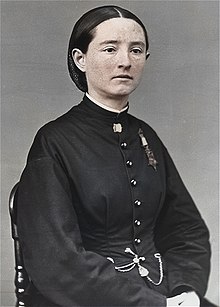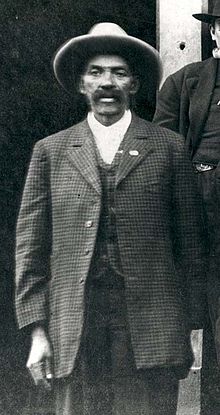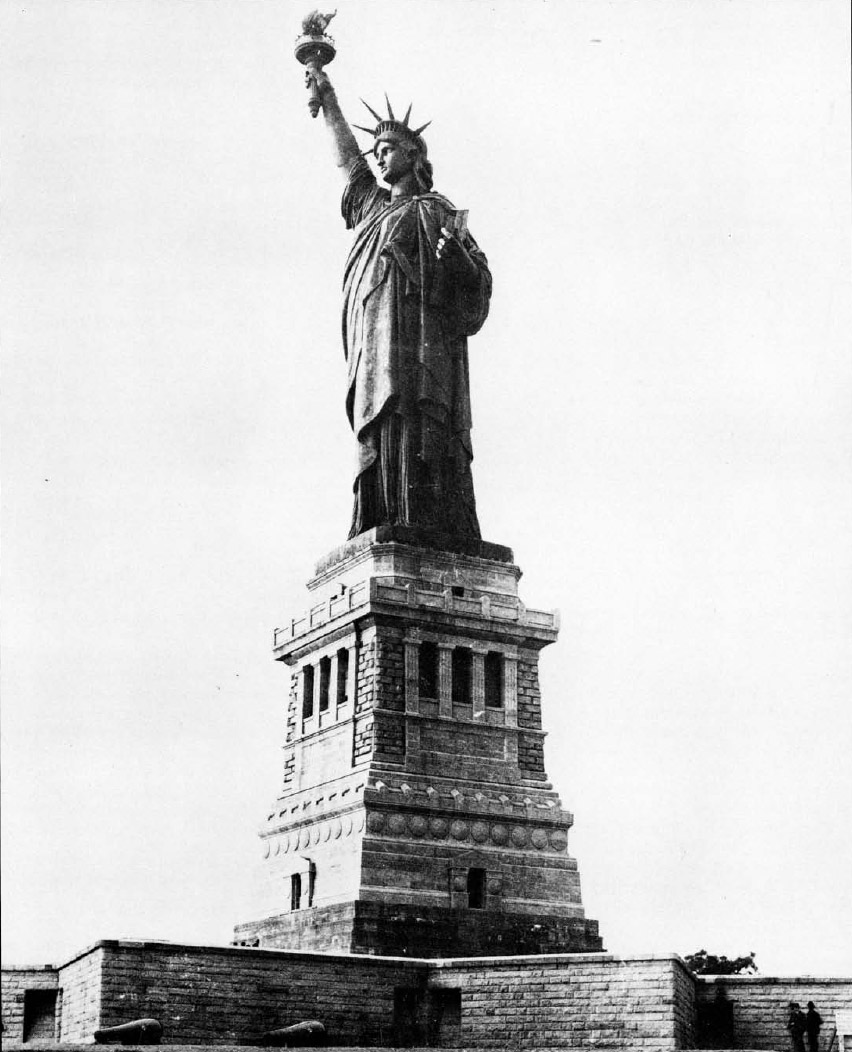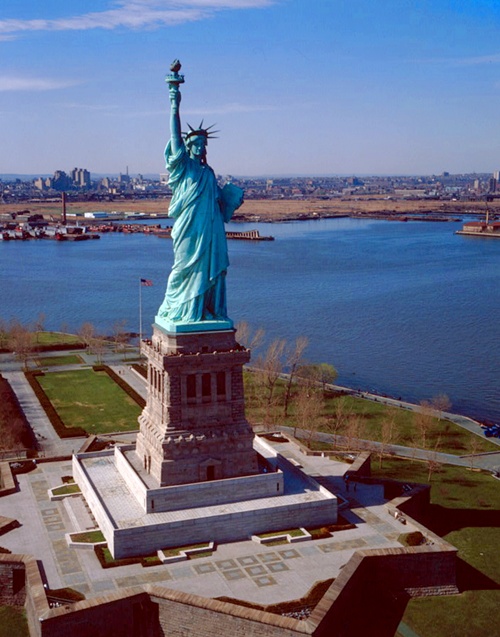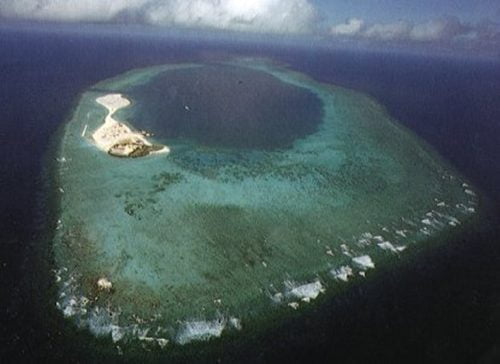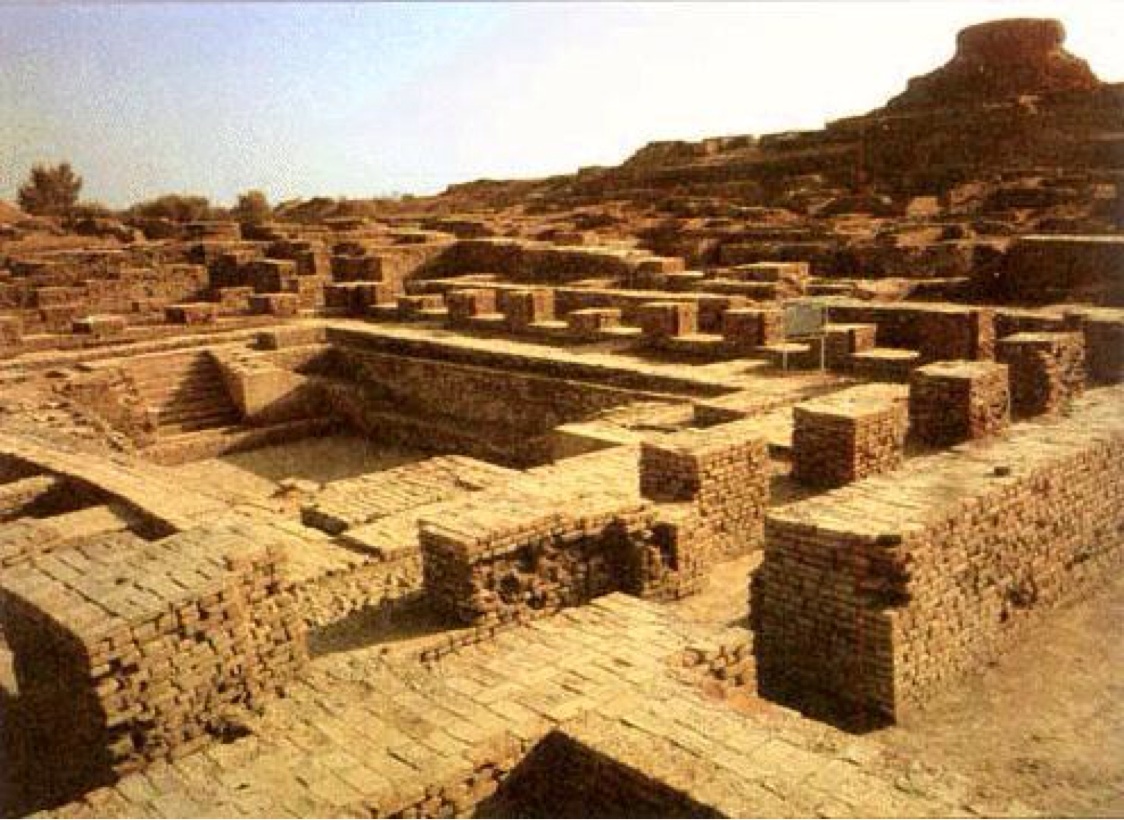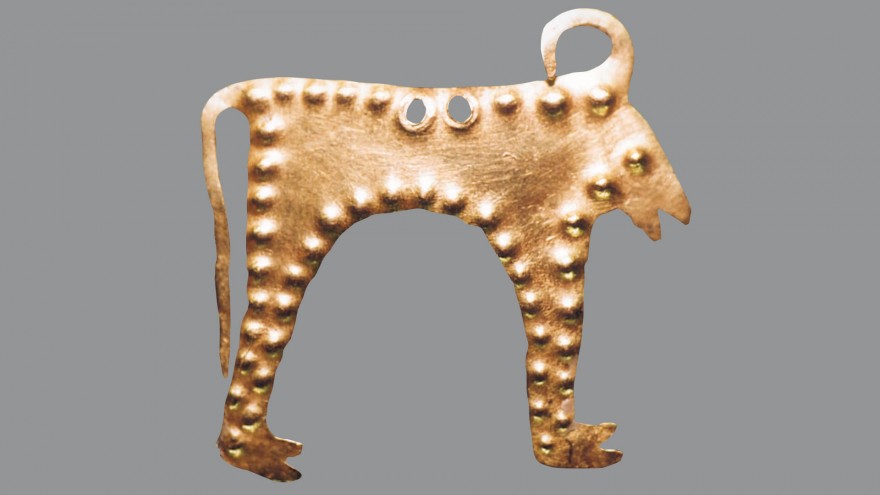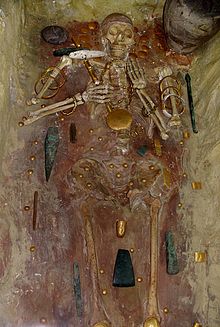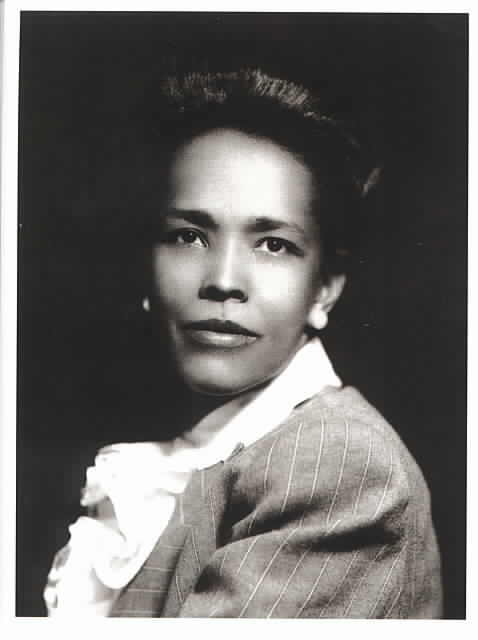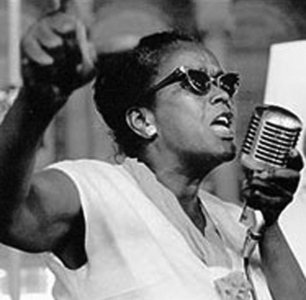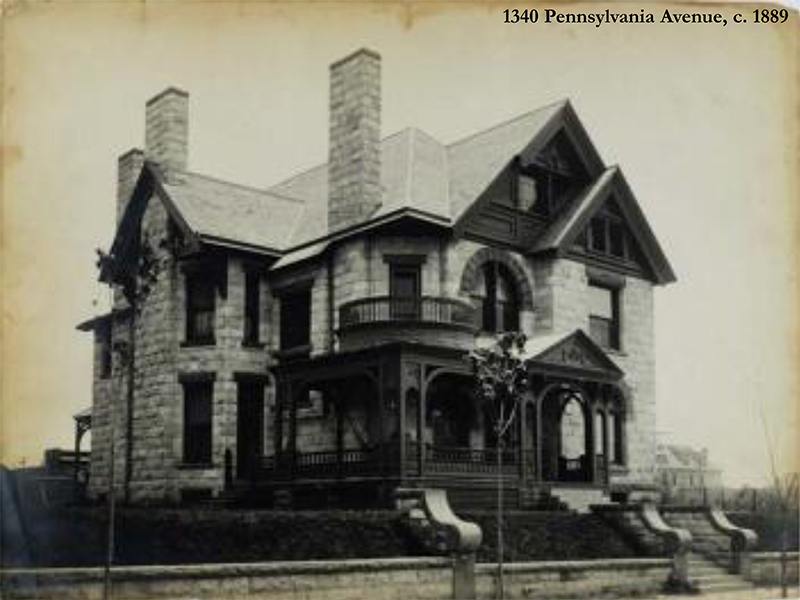We've spoken before about St. Pierre and Miquelon, the tiny speck of France in the middle of Canada. Known today mostly for its status as a geographical oddity, from 1924-1933, it was a bustling center of trade and the safest harbor for rum runners in the world.
1919 saw the passing of the Volstead Act, which prohibited alcohol in the United States. 1900-1914 saw the passing of prohibition acts in every Canadian Province, and in 1915, Newfoundland, not yet part of Canada, held a referendum that prohibited alcohol as well. This was, as one might imagine, wildly unpopular, especially in the United States. Because of this, "rum runners" started smuggling alcohol into the US, mainly from the Bahamas.
Rum running, especially from the Bahamas, was dangerous. Being caught by the authorities could end in the confiscation of your cargo and being thrown in prison. It was highly lucrative as well, and could result in a weekly profit of tens of thousands of dollars.
One of these rumrunners was Bill "The Real" McCoy. He was one of the first and most successful rumrunners, and it was he who first started rum running off St. Pierre and Miquelon.
It was the early 1920s, and Bill McCoy was having a bad month. One of his two ships had been captured by the US Coast Guard and the other, the Tomoka, was in need of repairs. He had docked in Halifax, but the authorities there weren't about to let him fix his law-skirting vessel unless he dumped his cargo, and McCoy wasn't having that. He was angrily pacing around a hotel lobby when he had the luck to run into a Monsieur Folquet.
Monsieur Folquet was a native of St. Pierre and Miquelon, and not only could he get McCoy's ship fixed, he could also help McCoy expand his business. Unlike their neighbors, St. Pierre and Miquelon, being part of France, was not a "dry" country, and they also hadn't signed the Liquor Treaty of 1924, a joint agreement signed by Canada and the United Kingdom to not allow exports of alcohol to the United States. Importing and exporting alcohol to and from St. Pierre and Miquelon was perfectly legal.
Additionally, St. Pierre and Miquelon would be able to get a wider variety of alcohol than the Bahamas. While Canada was a dry country, Canadian distilleries were still cranking out the goods. Distilling was legal, but selling to a country where Prohibition was the law, including Canada, was not. To export their goods, Canadian distillers had to pay a significant bond certifying that they were not selling to a dry country. To get this bond back, they had to have a valid landing certificate, stamped and signed by a "wet" harbor. This was massively expensive in the Bahamas, which had a significant alcohol import tax. St. Pierre and Miquelon, however, did not have the same hefty taxes as Nassau, and was significantly closer.
McCoy jumped at the chance to partner with Folquet, and before long, they had a thriving, semi-legal rum running business on St. Pierre and Miquelon. The islands experienced an economic boom as more revenue than had ever been seen before rolled into the island. The main industry of the islands had previously been fishing, but with the lucrative import and export business going, most of the fishermen left their boats to work in warehouses, wrapping and re-packing bottles of alcohol for shipping.
One would think that the French government would object to the smuggling that used their overseas territory as a home base, but, on the contrary, they encouraged it. The only legal hurdle McCoy had faced to using St. Pierre and Miquelon as a booze hub had been the laws prohibiting the importation of foreign sugar, molasses, and alcohol to French colonies. A petition to the French government from Folquet saw this law struck from the books. French inspectors who came to the islands reported that the islands needed the rum running trade to prevent financial collapse, and so Paris did nothing and allowed St. Pierre and Miquelon to do its dirty business.
For nearly ten years St. Pierre and Miquelon was the epicenter of the bootlegging business. They played host to rum runners and gangsters, and, most notoriously, Al Capone.¹ Capone visited the islands to see where the booze that was making him rich came from. He, reportedly, had the islanders scared stiff. When he joked about robbing the local bank, the police were discreetly called. If Capone noticed the islanders uneasiness, he didn't take offense. When one islander nervously complimented his hat, Capone gave him the hat. That hat is in one of the local museums to this day.
Unfortunately, all good (or bad) things must come to an end, and when the Volstead act was repealed in 1933, the island's economy collapsed almost overnight. There was no longer any need for a middle man, as Canadian companies could ship directly to America. Though discreet rum running operations continued into the mid-1990s, rum running on St. Pierre and Miquelon is, essentially, a dead business.
¹Maybe. Some historians argue that the tale you are about to read is nothing more than island lore.
This article was edited by Mara Kellogg.
Sources
Rumrunners: the Smugglers from St. Pierre and Miquelon and the Burin Peninsula from Prohibition to the Present Day by J. P. Andrieux
St Pierre and Miquelon: the Original Gangster's Paradise
This Tiny French Archipelago Became America's Alcohol Warehouse During Prohibition
1919 saw the passing of the Volstead Act, which prohibited alcohol in the United States. 1900-1914 saw the passing of prohibition acts in every Canadian Province, and in 1915, Newfoundland, not yet part of Canada, held a referendum that prohibited alcohol as well. This was, as one might imagine, wildly unpopular, especially in the United States. Because of this, "rum runners" started smuggling alcohol into the US, mainly from the Bahamas.
Rum running, especially from the Bahamas, was dangerous. Being caught by the authorities could end in the confiscation of your cargo and being thrown in prison. It was highly lucrative as well, and could result in a weekly profit of tens of thousands of dollars.
 |
| Bill 'the Real' McCoy |
It was the early 1920s, and Bill McCoy was having a bad month. One of his two ships had been captured by the US Coast Guard and the other, the Tomoka, was in need of repairs. He had docked in Halifax, but the authorities there weren't about to let him fix his law-skirting vessel unless he dumped his cargo, and McCoy wasn't having that. He was angrily pacing around a hotel lobby when he had the luck to run into a Monsieur Folquet.
Monsieur Folquet was a native of St. Pierre and Miquelon, and not only could he get McCoy's ship fixed, he could also help McCoy expand his business. Unlike their neighbors, St. Pierre and Miquelon, being part of France, was not a "dry" country, and they also hadn't signed the Liquor Treaty of 1924, a joint agreement signed by Canada and the United Kingdom to not allow exports of alcohol to the United States. Importing and exporting alcohol to and from St. Pierre and Miquelon was perfectly legal.
Additionally, St. Pierre and Miquelon would be able to get a wider variety of alcohol than the Bahamas. While Canada was a dry country, Canadian distilleries were still cranking out the goods. Distilling was legal, but selling to a country where Prohibition was the law, including Canada, was not. To export their goods, Canadian distillers had to pay a significant bond certifying that they were not selling to a dry country. To get this bond back, they had to have a valid landing certificate, stamped and signed by a "wet" harbor. This was massively expensive in the Bahamas, which had a significant alcohol import tax. St. Pierre and Miquelon, however, did not have the same hefty taxes as Nassau, and was significantly closer.
McCoy jumped at the chance to partner with Folquet, and before long, they had a thriving, semi-legal rum running business on St. Pierre and Miquelon. The islands experienced an economic boom as more revenue than had ever been seen before rolled into the island. The main industry of the islands had previously been fishing, but with the lucrative import and export business going, most of the fishermen left their boats to work in warehouses, wrapping and re-packing bottles of alcohol for shipping.
One would think that the French government would object to the smuggling that used their overseas territory as a home base, but, on the contrary, they encouraged it. The only legal hurdle McCoy had faced to using St. Pierre and Miquelon as a booze hub had been the laws prohibiting the importation of foreign sugar, molasses, and alcohol to French colonies. A petition to the French government from Folquet saw this law struck from the books. French inspectors who came to the islands reported that the islands needed the rum running trade to prevent financial collapse, and so Paris did nothing and allowed St. Pierre and Miquelon to do its dirty business.
 |
| Modern St. Pierre |
For nearly ten years St. Pierre and Miquelon was the epicenter of the bootlegging business. They played host to rum runners and gangsters, and, most notoriously, Al Capone.¹ Capone visited the islands to see where the booze that was making him rich came from. He, reportedly, had the islanders scared stiff. When he joked about robbing the local bank, the police were discreetly called. If Capone noticed the islanders uneasiness, he didn't take offense. When one islander nervously complimented his hat, Capone gave him the hat. That hat is in one of the local museums to this day.
Unfortunately, all good (or bad) things must come to an end, and when the Volstead act was repealed in 1933, the island's economy collapsed almost overnight. There was no longer any need for a middle man, as Canadian companies could ship directly to America. Though discreet rum running operations continued into the mid-1990s, rum running on St. Pierre and Miquelon is, essentially, a dead business.
¹Maybe. Some historians argue that the tale you are about to read is nothing more than island lore.
This article was edited by Mara Kellogg.
Rumrunners: the Smugglers from St. Pierre and Miquelon and the Burin Peninsula from Prohibition to the Present Day by J. P. Andrieux
St Pierre and Miquelon: the Original Gangster's Paradise
This Tiny French Archipelago Became America's Alcohol Warehouse During Prohibition

